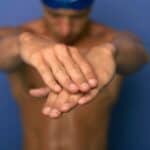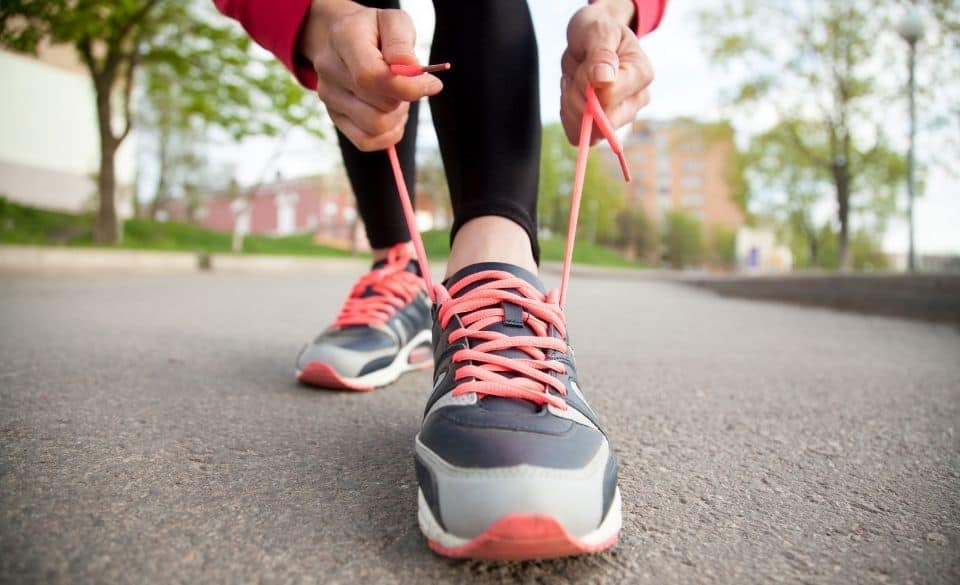
Training versus Running Shoes – What’s the Difference? UPDATED 2021
Page Contents
In the world of running, gym and fitness, there is a never-ending battle between what you wear, both on the body and on the feet. In this article, we take a look at training versus running shoes, which can often cause a lot of confusion for the novice.
The difference comes down to your workout type. If you’re running long distances on the treadmill or outside with no intention of lifting weights or another form of fitness activity, then it’s best to wear running shoes.
However, if you run shorter distances paired with other activities, it’s better to purchase training shoes over running shoes.
The purpose of this article is: 1) To provide information on how different types of workouts require different types of footwear. 2) To help people understand why their shoes are so important. So let’s get into it!
Differences Between Training & Running Shoes?
Training and running shoes may seem the same to some people. However, there are a few key differences that the more experienced athlete can see.
One of these is the sole of the shoes. The sole is the primary part of the shoe that helps to control the movement of the foot. Because of this, both running and training shoes have different purposes.
Running shoes are made to support the foot through heel-to-toe movement. That means the sole is primarily supports the foot through the forward motion.
Training shoes versus running shoes, on the other hand, are designed to handle lateral (side-to-side) movement. Because of this, the sole of a training shoe is often much more flexible than a running shoe.
However, there are a few other key differences, such as heel drop. The soles of training shoes are much flatter than their counterpart, as the higher heel drop is related to the added support and cushioning needed for running.
While there are numerous variations of running shoes, including neutral, stability, minimalist, and barefoot. Running shoes can vary a lot between models, while training shoes are often more simple in design. So knowing this, what are training shoes used for?
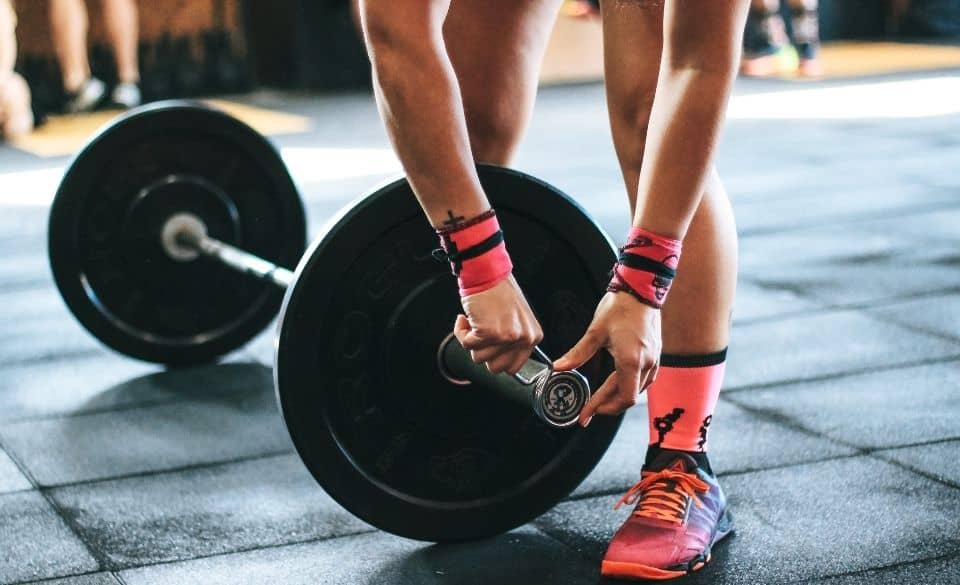
What are Training Shoes Used For?
Since training shoes versus running shoes are designed to support a wide range of movements, they can be used for a variety of exercises and workouts. These workouts can include various movements such as jumping, running, stopping, and lateral movements. Some of the types of workouts training shoes are used for include:
– Gym Classes
– Weightlifting
– Strength training
– Agility training
– Short runs (up to 5k)
The sole of a training shoe typically uses grooves and patterns to help with traction, allowing you to do multi-directional movements safely. While it is possible to run in training shoes, it is widely recommended to use running shoes for anything over 5km.
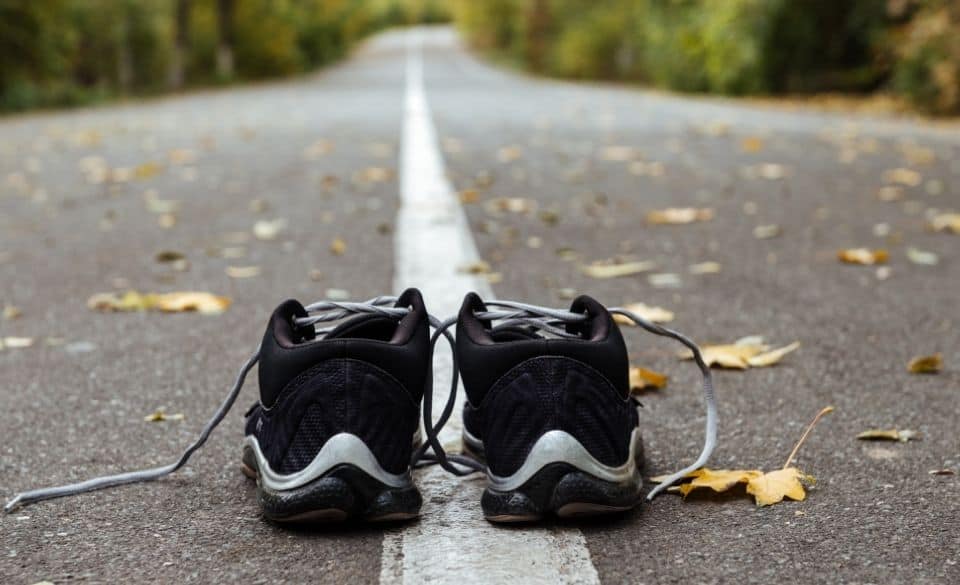
What are Running Shoes Used For?
Even though this is rather obvious, running shoes are designed for running. However, how can running shoes help with running?
Generally, running shoes are there to help guide your gait and protect your feet from the pounding of the pavement.
While training shoes are primarily designed to support side-to-side movement, running shoes are there to help with forward movement. They also provide more cushioning than training shoes to help protect bones, muscles, and tendons from impact and overuse injuries. It also makes running long distances much more comfortable.
Although there are many models of running shoes available, every model will help you complete anything from a 5k up to a marathon or longer.
Risks of Wearing the Wrong Shoes – What Are They?
While some people have a neutral arch and an inline forefoot, they may get away with wearing any type of shoe for a workout. However, many people aren’t that lucky, and wearing the wrong shoes running or for a simple gym session can often lead to problems.
Some of the problems that may occur are:
– Discomfort
– Lowered performance
– Injuries
– Blisters
Here are a few other reasons why you may want to choose a specific shoe for the job:
Wearing running shoes during lateral movement: The increased height of the heel offers a higher chance of ankle sprains.
Wearing running shoes during plyometric workouts: The built-up cushioning and pronation support can often prevent you from landing properly. Thus increasing your chances of knee pain or ankle injuries.
Running in training shoes: Training shoes lack enough cushioning and support, thus increasing the chances of plantar fasciitis and shin splints.
However, if you are lucky and get away without any problems, you may still experience loss of performance. Both types of shoes are designed with a specific movement in mind, helping you perform at your best and make you more efficient during the workout. Using shoes that aren’t designed for the activity you are performing will often place excess load on the lower legs.
For example, doing your long run of 20 km each week in a set of training shoes won’t provide the stability needed if you struggle with pronation. Nor will it provide the cushioning needed over the distance which often results in tired and fatigued legs.
Alternatively, a gym class in running shoes won’t provide lateral support or the grip needed to support that movement.
Since running and training shoes provide support for the workout you are doing, using the wrong shoe can increase the chances of any injury.
To Sum Things Up
One last thing to remember is to choose the correct shoe size. Shoes that are too small for you can result in black toenails and incorrect arch alignment. Ideally, allow for half a size or half a cm to allow for any natural movement or swelling of the feet. It is also vital to choose the correct width of the shoe for comfort and support.
If you are still unsure about the shoes needed for your fitness activity, head into your local sports or running store and get some advice.
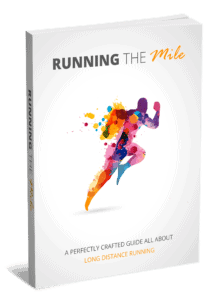

Download Running the Mile for only 8usd
“A Know-all Short Report All About Long Distance Running”




